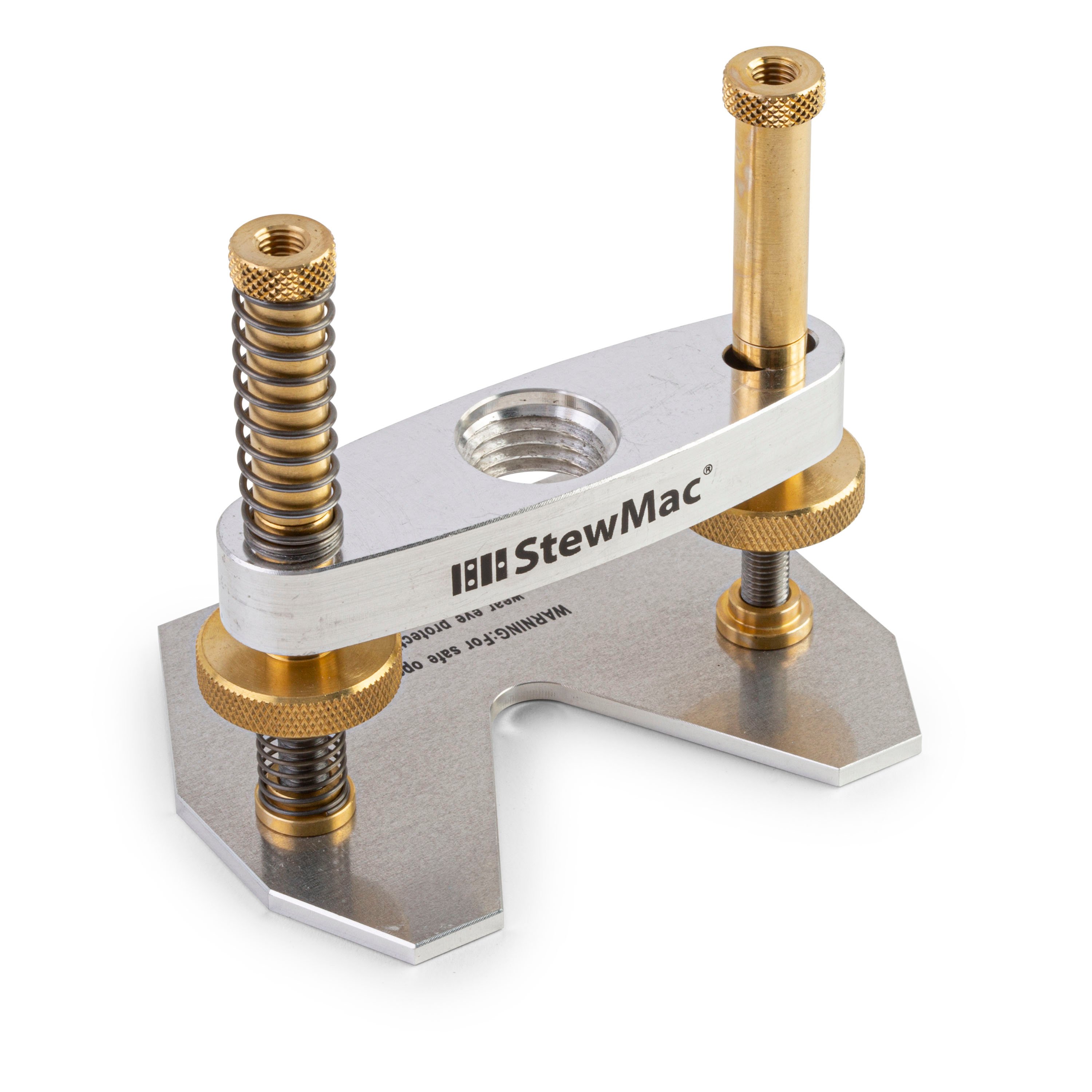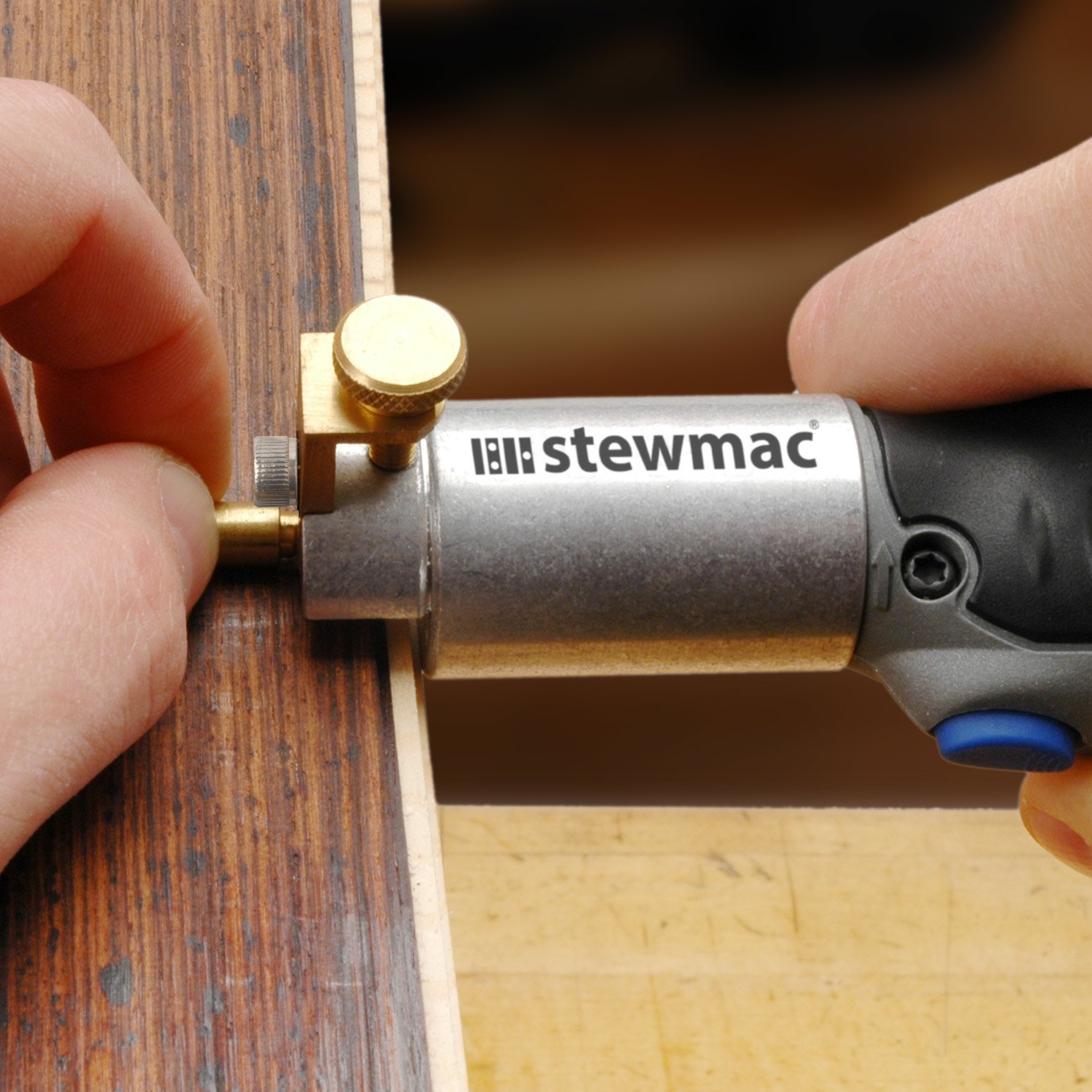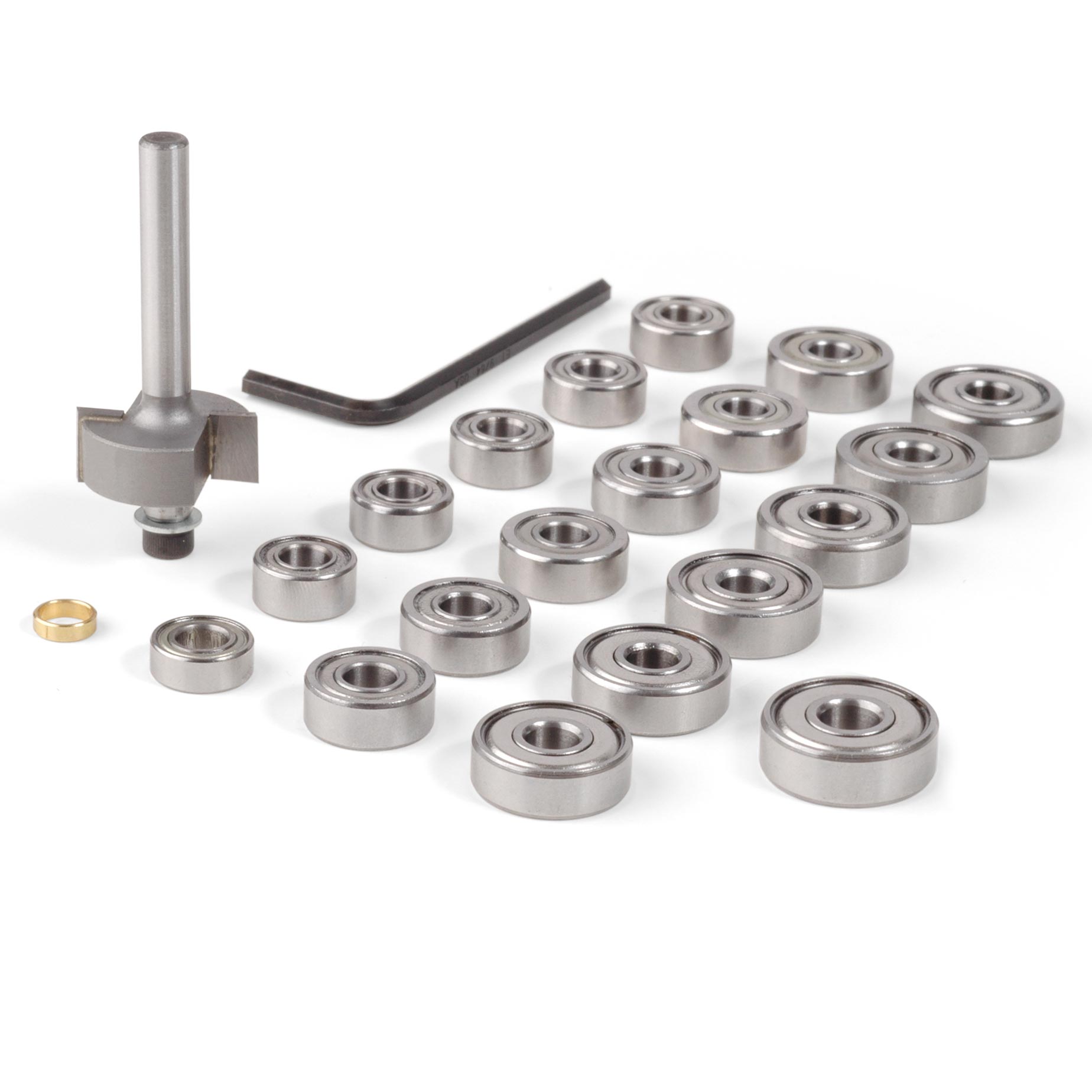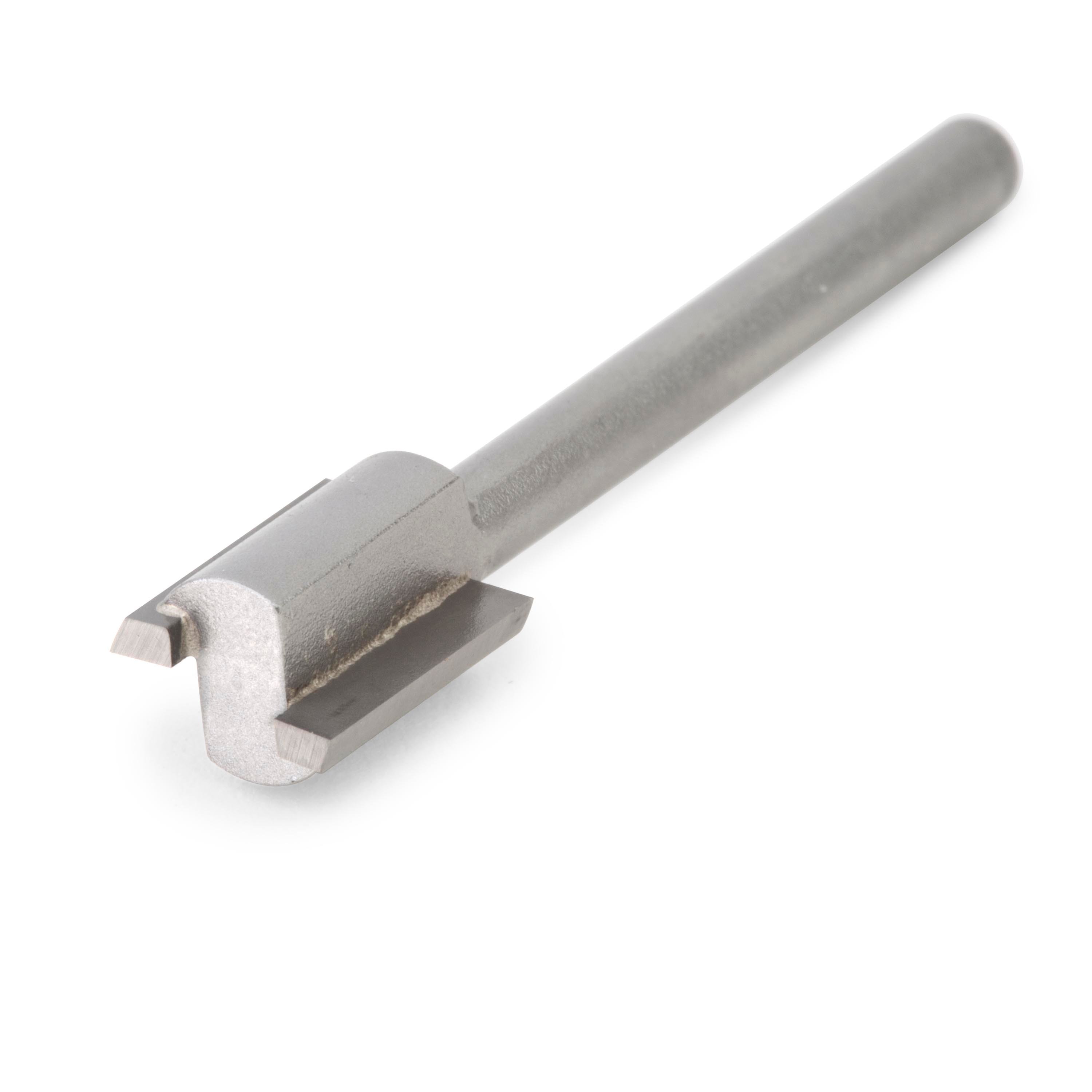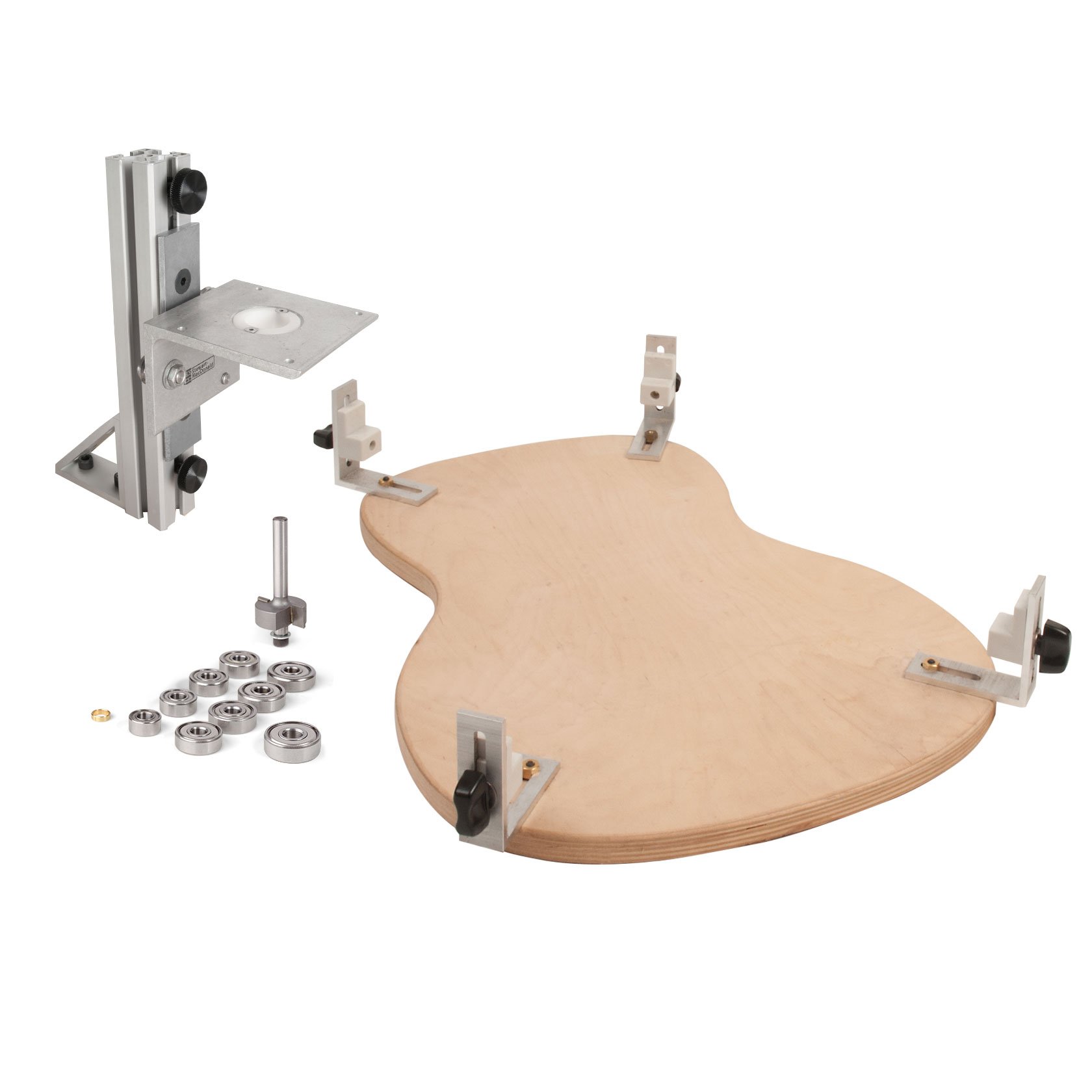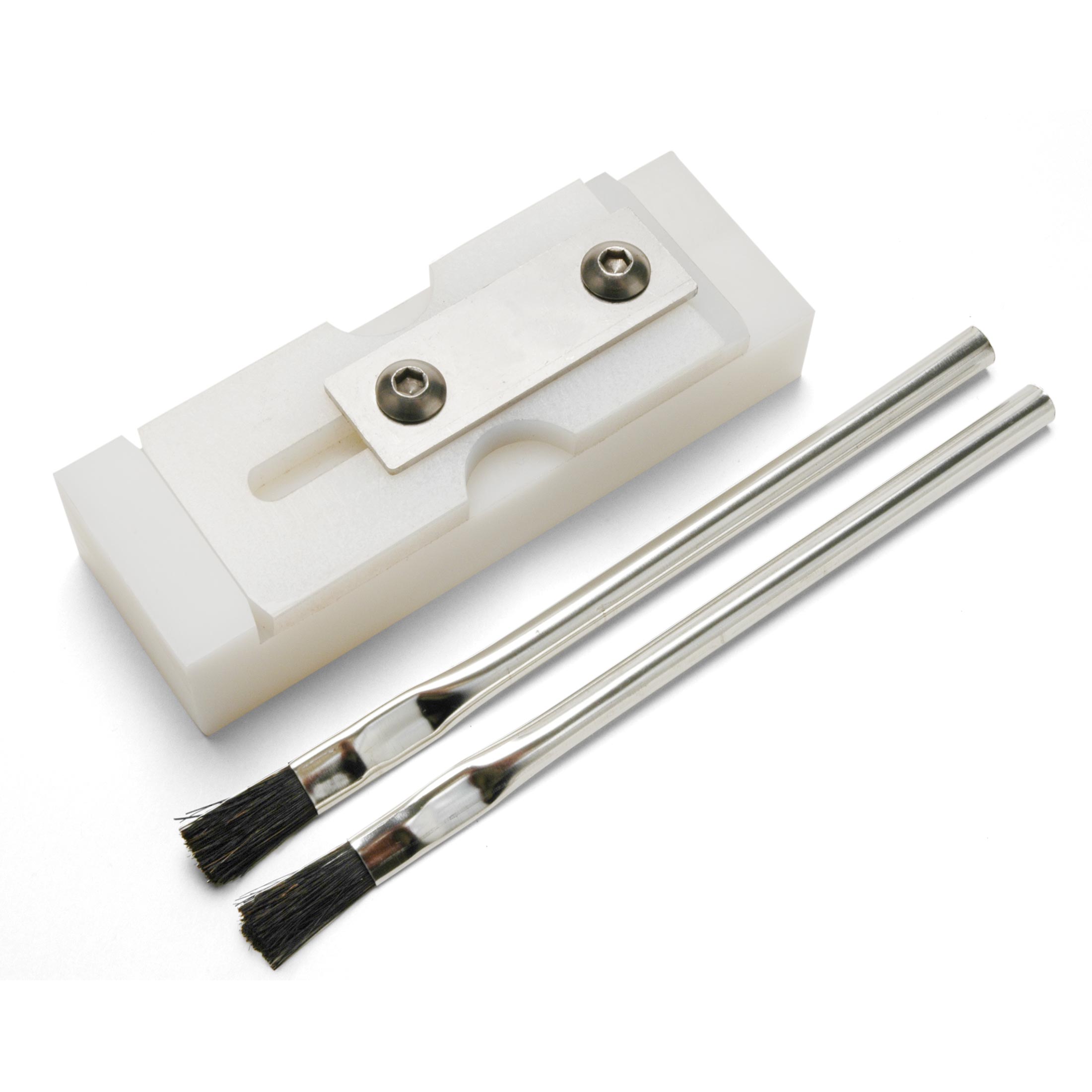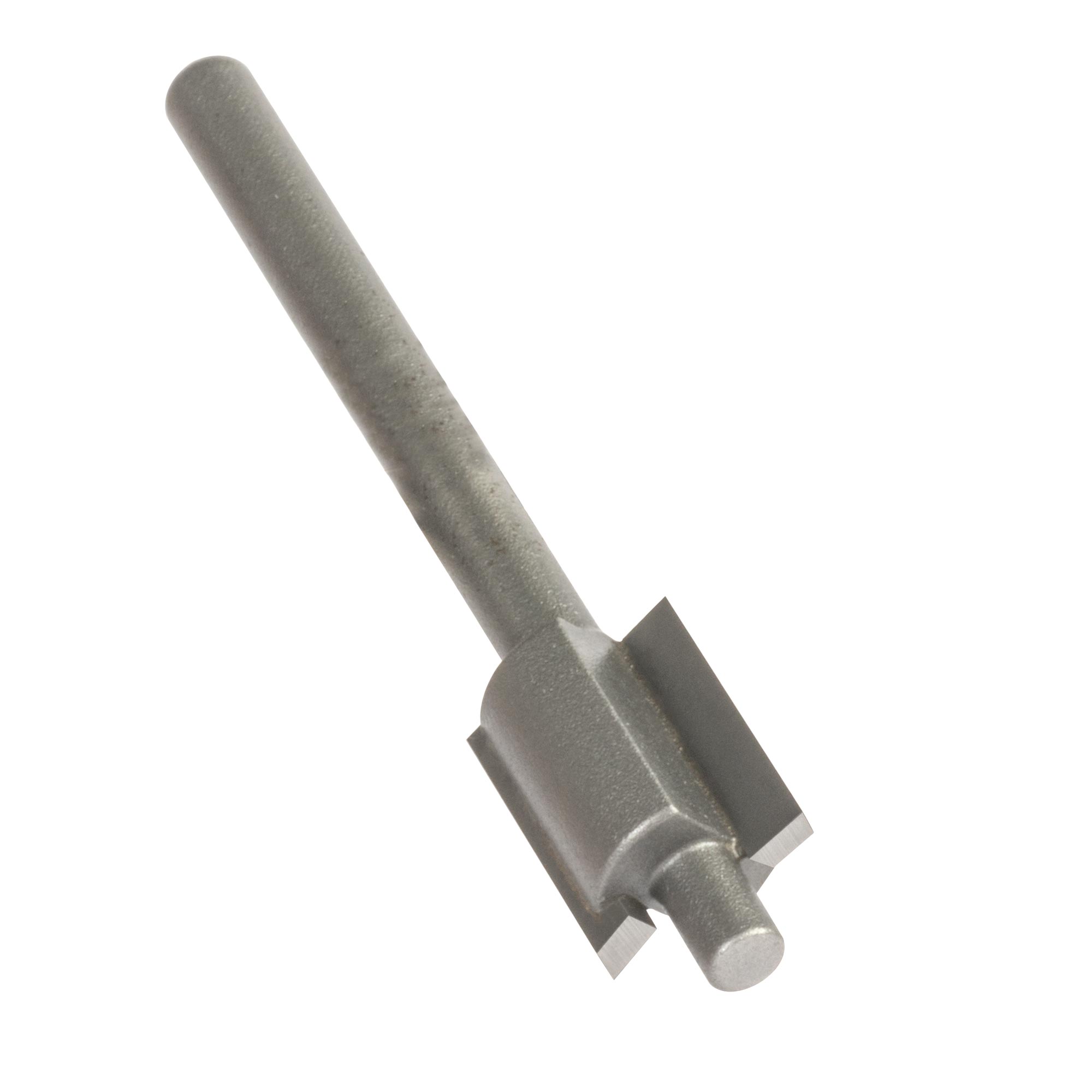"Which binding tools should I choose?"
There are so many gizmos to cut channels for binding and purfling. Customers ask which to use, and here’s my advice...

Customers ask: “Should I use a router or what?!”
So I ask these three questions:
- “What instrument are you building?”
- “Planning to build more, or just this one?”
- “Do you have a Dremel or a router on hand?”
These answers will point to the right tools. Lots of folks are Dremel-powered, and for them we have two different options:
Got a Dremel? Here’s a setup for small-body instruments
Our binding router guide on a Dremel tool is the perfect size for small instruments like a flat-topped mandolin.
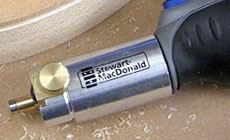
It’s also a good setup for smaller carved top instruments like F5 and A5 mandolins. Our 5/16" binding router bit is the cutter to use.
Using a Dremel on larger instruments
Here’s the Precision Router Base with the addition of the edge guide. This offers more surface area for bigger bodies like guitars and basses. It's a good setup for the small builder who doesn’t produce many instruments. Again, choose the 5/16" binding bit.
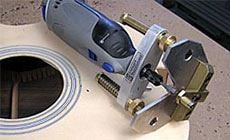
A tip for instruments with radiused tops/backs:
Since the surface the router’s sitting on is angled, it will want to cut an angled channel (which you don’t want). Fix this by putting a wedge of the appropriate angle under the router base. This keeps the cutter bit aligned with the sides.
For a closeup look at this angle problem, check out the video for the TrueChannel Jig.
If you have a router or a laminate trimmer, the added power will give you cleaner cuts.
With these tools, I recommend our binding router bit set. Each bearing produces a specific channel size, with .012" added to compensate for swelling caused by gluing and the thickness of the glue itself.
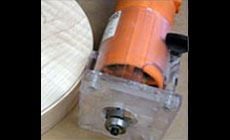
That’s the setup I use in my own shop for binding solidbody electrics and acoustic flattops. These top quality bits and bearings can be used for high volume production work.
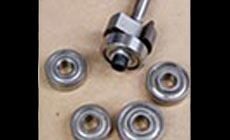
What’s a laminate trimmer? It's a scaled-down router intended for edge details on countertops, etc.
Speaking of high production work...
For shops making all types of instruments, we have the TrueChannel binding jig. This tool, inspired by luthier Tom Ribbecke, works on a variety of different instrument types, including carved archtop models.
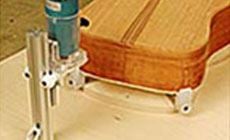
The TrueChannel holds both the instrument and router in alignment. It doesn’t matter if the guitar top is arched or angled — the router stays vertical and adapts as you move the body.
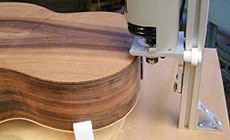
Here’s a tip from repairman Flip Scipio:
Flip uses the TrueChannel for cleanly routing away old deteriorated bindings before installing vintage-style replacements.
